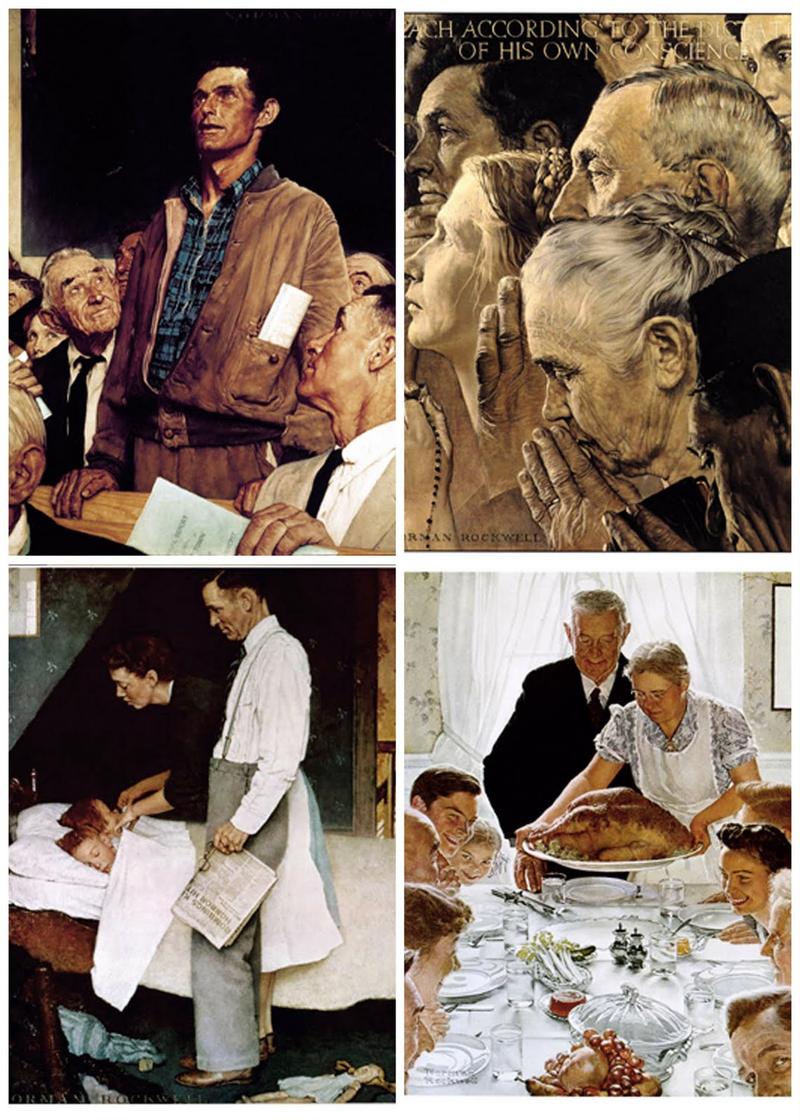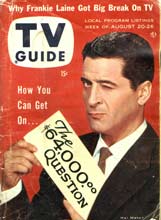The Hollywood Ten
by admin - October 19th, 2017
By Rosemarie Murray
The 1940’s into the 1950’s saw the Red Fear take control of different aspects of American society. Due in large part to Senator Joseph McCarthy’s outlandish claims causing public mayhem, numerous parts of society were struck by the fear of communism. One such part of society that attracted such attention was Hollywood’s film industry. Hollywood figures were targeted because of “the high degree of public recognition of the industry, which brought attention to the investigators as well as their subjects” (Dunar, 39). Seeing actors, screenwriters, directors, and more being accused and tried of links to the communist party was something that would get every American talking. After all, most Americans had some sort of exposure to the lives of the rich and famous through seeing them in the movies. Another possible driving force behind the accusations of communism with the Hollywood Ten and other members of Hollywood was anti-Semitism. A disproportionate number of Jewish members in Hollywood were accused of being communists by the HUAC (Dunar, 39). When ten members of the film industry were accused of being communists and voiced their disapproval in the House of Unamerican Activities Committee (HUAC), they were arrested and thereby “blacklisted”, or ostracized, from working in Hollywood.
The Hollywood Ten were not alone in being accused as communists and blacklisted. The HUAC “summoned forty one prominent members of the film industry” (Dunar, 39). These men, however, were the first to challenge the HUAC’s tactics on investigating communist claims. The men did not answer any questions during the investigation, and employed their First Amendment Rights. Their actions backfired, and were convicted of Contempt on Congress, arrested, and kept in jail for six months to a year and had to pay a 1,000$ (Britanica Hollywood Ten). Only one of the men arrested, Edward Dmytryk, eventually succumbed and told investigators that he was a communist and named other communists as well (Britanica Edward Dmytryk). For his information, Dmytryk was released from jail and allowed to return to Hollywood. However, the other members of the Hollywood Ten were not as fortunate and the public knew what would happen to them if they were caught with links to the communist party. Years after the fact, the men never reached the pinnacle of their careers before the scandal in Hollywood again (History.com). Some of the Hollywood Ten wrote scripts under different names for movies, and two of the Hollywood Ten were accepted into Hollywood years later.
In terms of how communism was to be handled in the United States, Hollywood was the example to follow in the late 1940’s into the 1960s. The trials left an undeniable mark on the film industry, as “the insidious process destroyed the creative energy of Hollywood for years, as friends turned on friends” (40). Still, it remains unknown what the impact the loss of ten powerful screenwriters and directors had on the film industry at the time. No one knows the span of movies that could have been made, or the scope of creativity. How different would Hollywood be today without the loss of the Hollywood Ten and other members of Hollywood found guilty?
Works Cited
Dunar, Andrew J. America in the Fifties. N.p.: Syracuse UP, 2006. Print.
The Editors of Encyclopædia Britannica. “Hollywood Ten.” Encyclopædia Britannica. Encyclopædia Britannica, Inc., 09 Aug. 2016. Web.
History.com Staff. “Hollywood Ten.” History.com. A&E Television Networks, 2009. Web.









